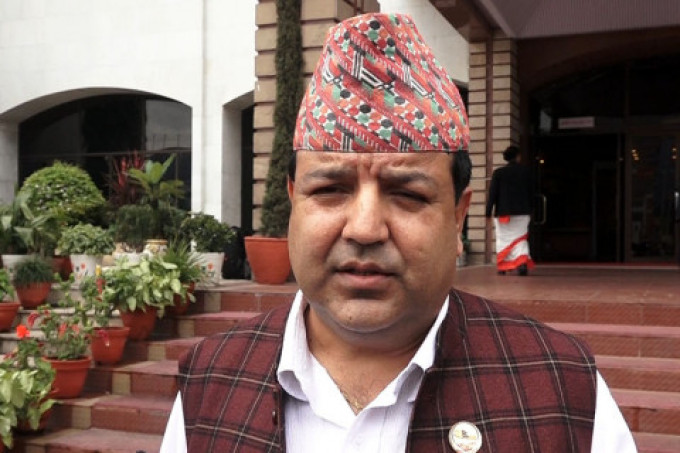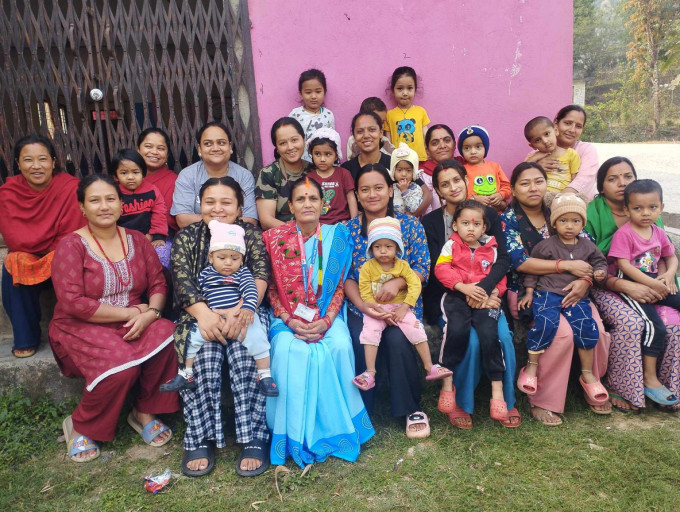Type 2 diabetes rates in adolescents and young adults worldwide have increased significantly between 1990 and 2019, according to a new review of data from over 200 nations and regions published in The BMJ today.
The findings show that countries with a low-middle and middle sociodemographic index (a measure of social and economic development) and women aged under 30 were particularly affected, and high body mass index was the main attributable risk factor in all countries.
The researchers argue that weight control is essential in reducing the burden of the early onset of type 2 diabetes, but countries should establish specific policies to deal with this problem more effectively.
Type 2 diabetes traditionally develops in middle-aged and older people and carries increased risks of serious complications including heart disease, vision loss, and death.
Data suggest that the early onset of type 2 diabetes (diagnosis before the age of 40) is becoming increasingly common. But no study has specifically described the global burden of early onset type 2 diabetes or the variations between the sexes and in countries with different levels of socioeconomic development.
Risk factors for early onset type 2 diabetes in different countries are also unclear.
To fill these knowledge gaps, researchers used data from the Global Burden of Disease Study 2019 to estimate new cases (incidence), deaths, and disability-adjusted life years (DALYs) - a combined measure of quantity and quality of life - due to diabetes">type 2 diabetes in adolescents and young adults (aged 15-39 years) from 204 countries and territories between 1990 and 2019.
They also examined the proportional DALY attributable to different risk factors, and data were assessed by age, sex, and sociodemographic index.
The results show that the age-standardized incidence rate for type 2 diabetes in adolescents and young adults globally increased from 117 per 100,000 population in 1990 to 183 in 2019, and the age-standardized DALY rate increased from 106 per 100,000 in 1990 to 150 per 100,000 in 2019.
The age-standardized mortality rate modestly increased from 0.74 per 100,000 in 1990 to 0.77 per 100,000 in 2019.
When grouped by countries with different sociodemographic indexes, countries with a low-middle and middle sociodemographic index had the highest age-standardized incidence rate and age-standardized DALY rate in 2019, whereas countries with a low sociodemographic index had the lowest age-standardized incidence rate but the highest age-standardized mortality rate.
Women generally had higher mortality and DALY rates than men at ages under 30 years, but differences between the sexes were reversed in those aged over 30 years except in countries with a low sociodemographic index.
The main attributable risk factor for DALY for early onset type 2 diabetes was high body mass index in all regions by sociodemographic index.
The contribution of other risk factors varied across regions, however, with higher proportions of ambient particulate air pollution (12% v 7%) and smoking (13% v 4%) in countries with a high sociodemographic index and higher proportions of household air pollution from solid fuels (17% v 0.07%) and a diet low in fruit (9% v 6%) in countries with a low sociodemographic index.
The researchers point to some study limitations, such as differences in the definition of type 2 diabetes and a high probability of underdiagnosis in many countries. And while several techniques were used to reduce bias and inaccuracy in the data, bias cannot be fully ruled out.
Nevertheless, they point out that they comprehensively evaluated the global, regional, and national temporal trends for early onset diabetes">type 2 diabetes and the corresponding contributions of risk factors based on the Global Burden of Disease Study 2019.
"Our study showed a clear upward trend of the burden of the early onset type 2 diabetes from 1990 to 2019," they write. "These findings provide a basis for understanding the epidemic nature of the early onset type 2 diabetes and call for urgent actions to deal with the issue from a global perspective."








